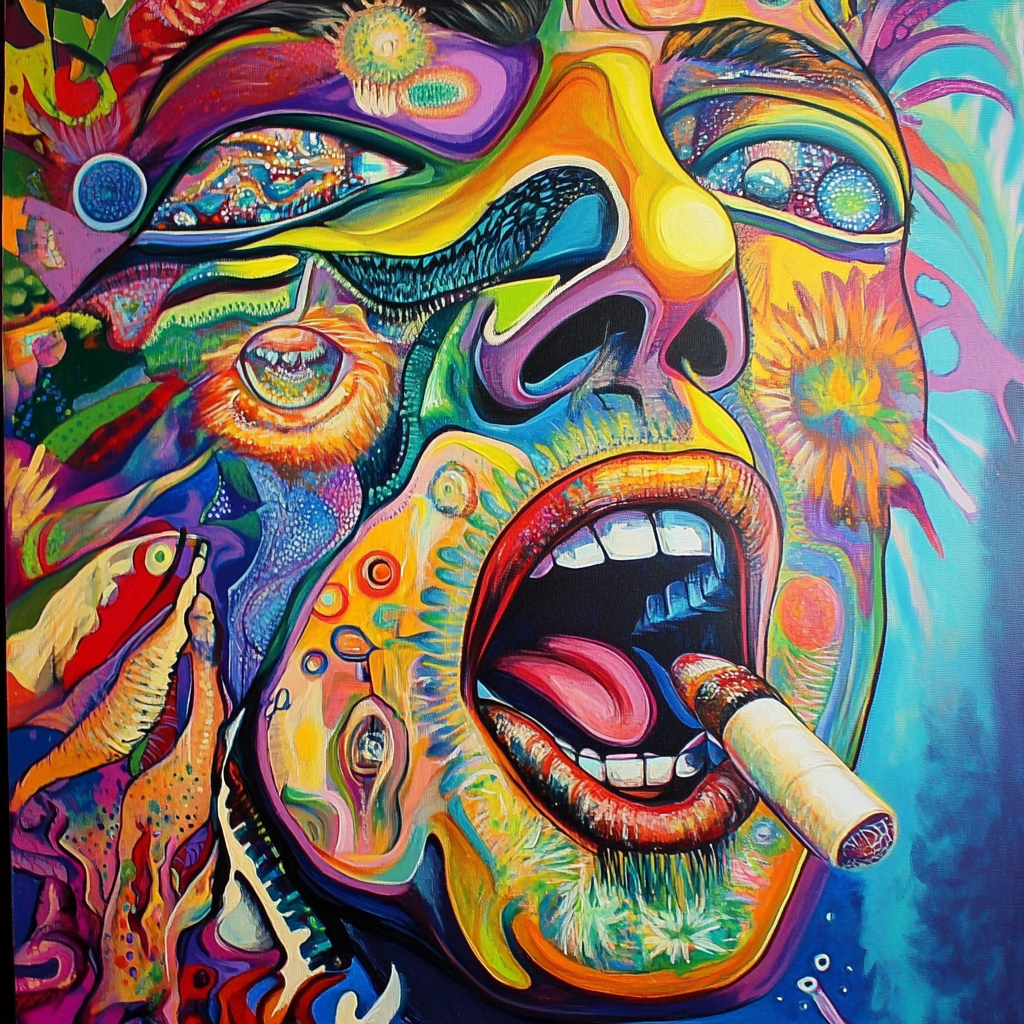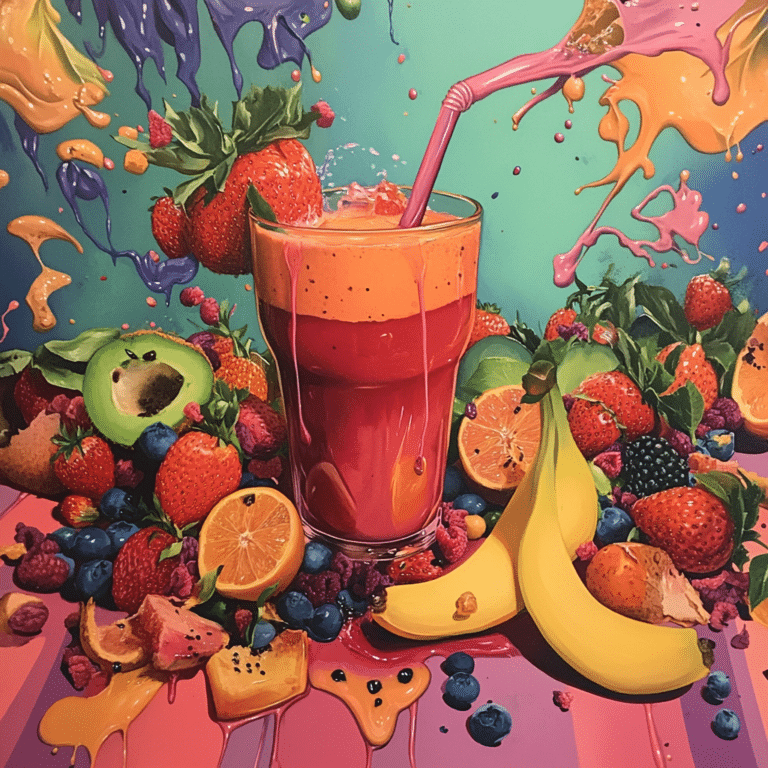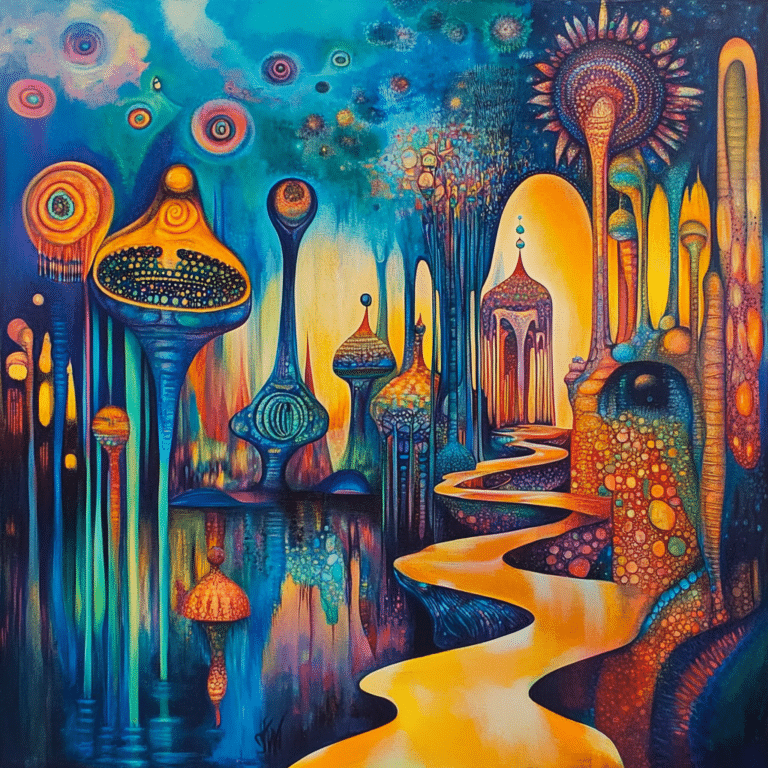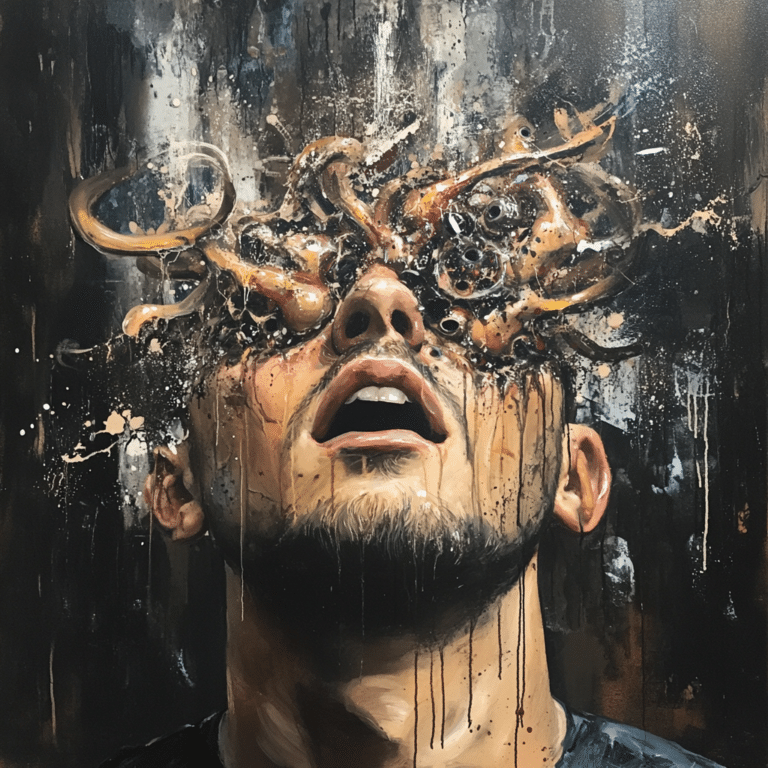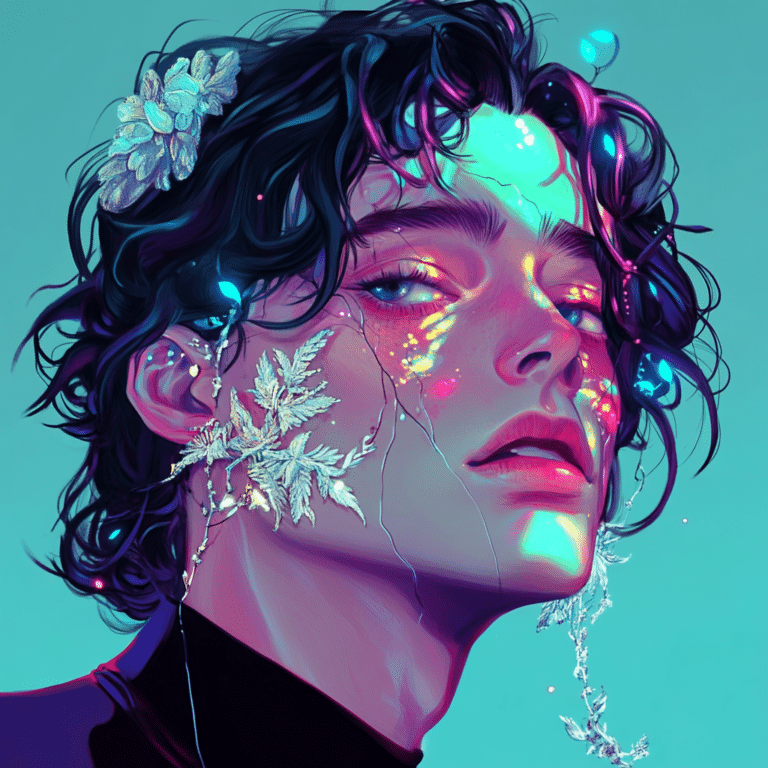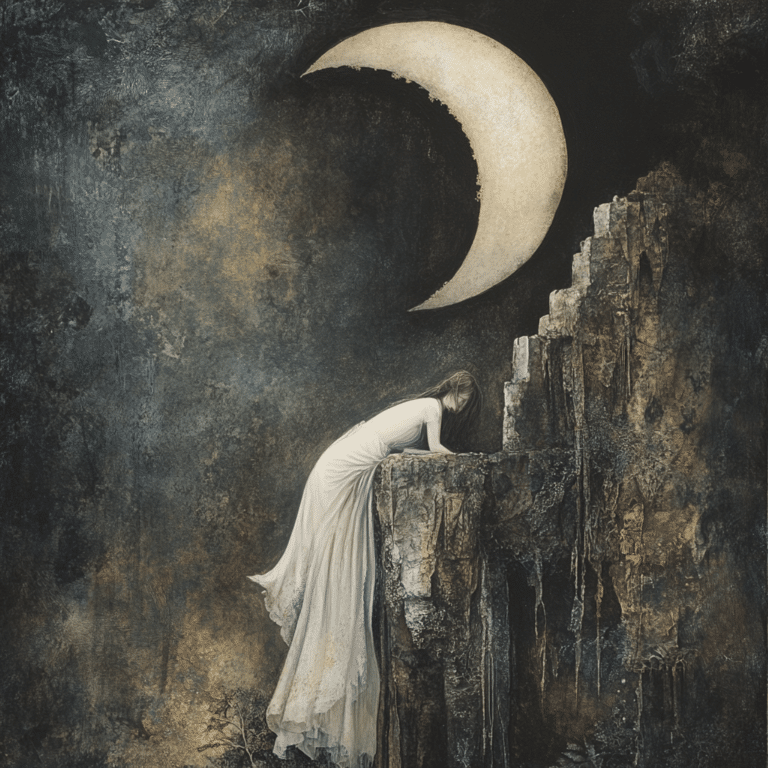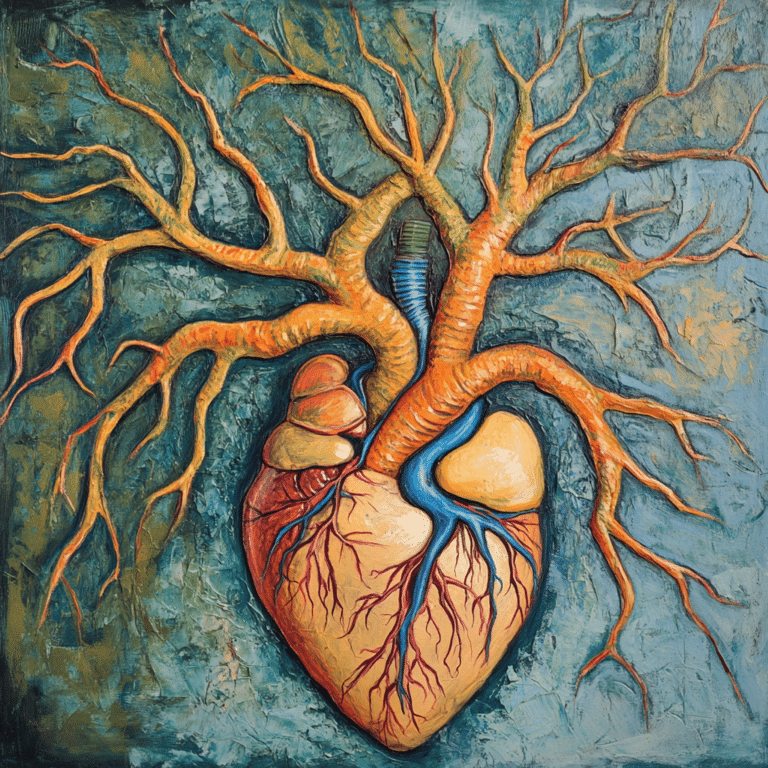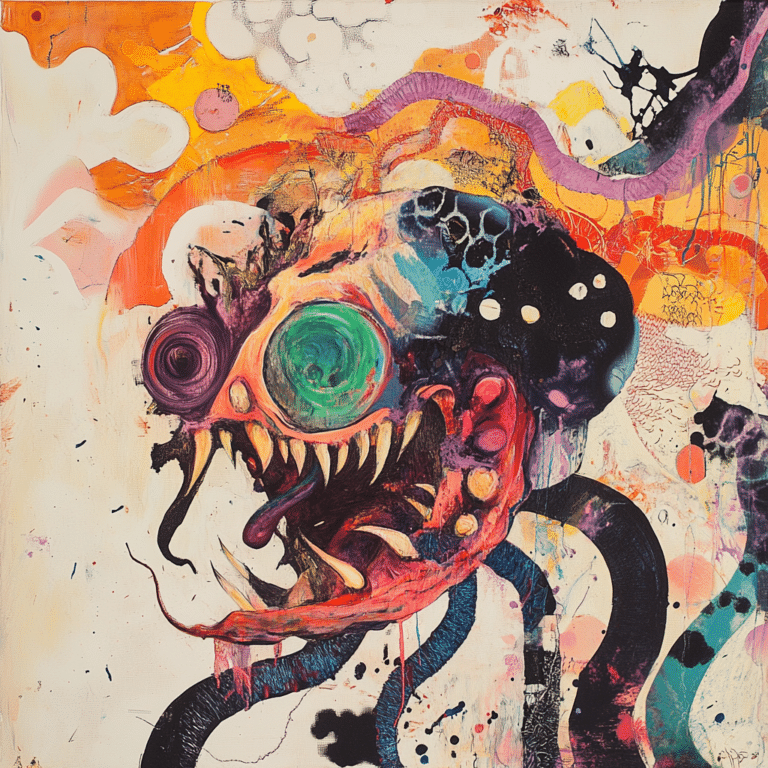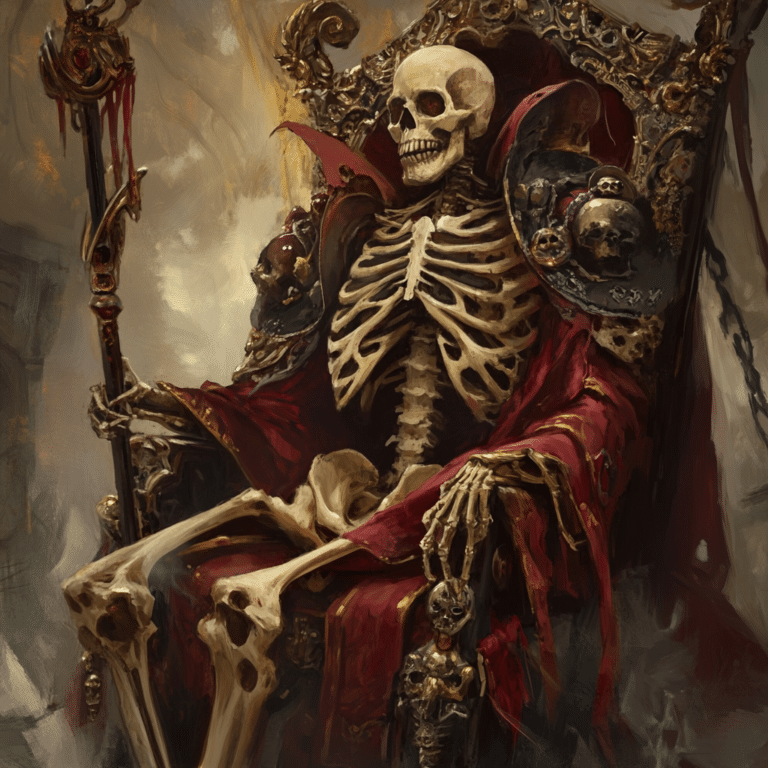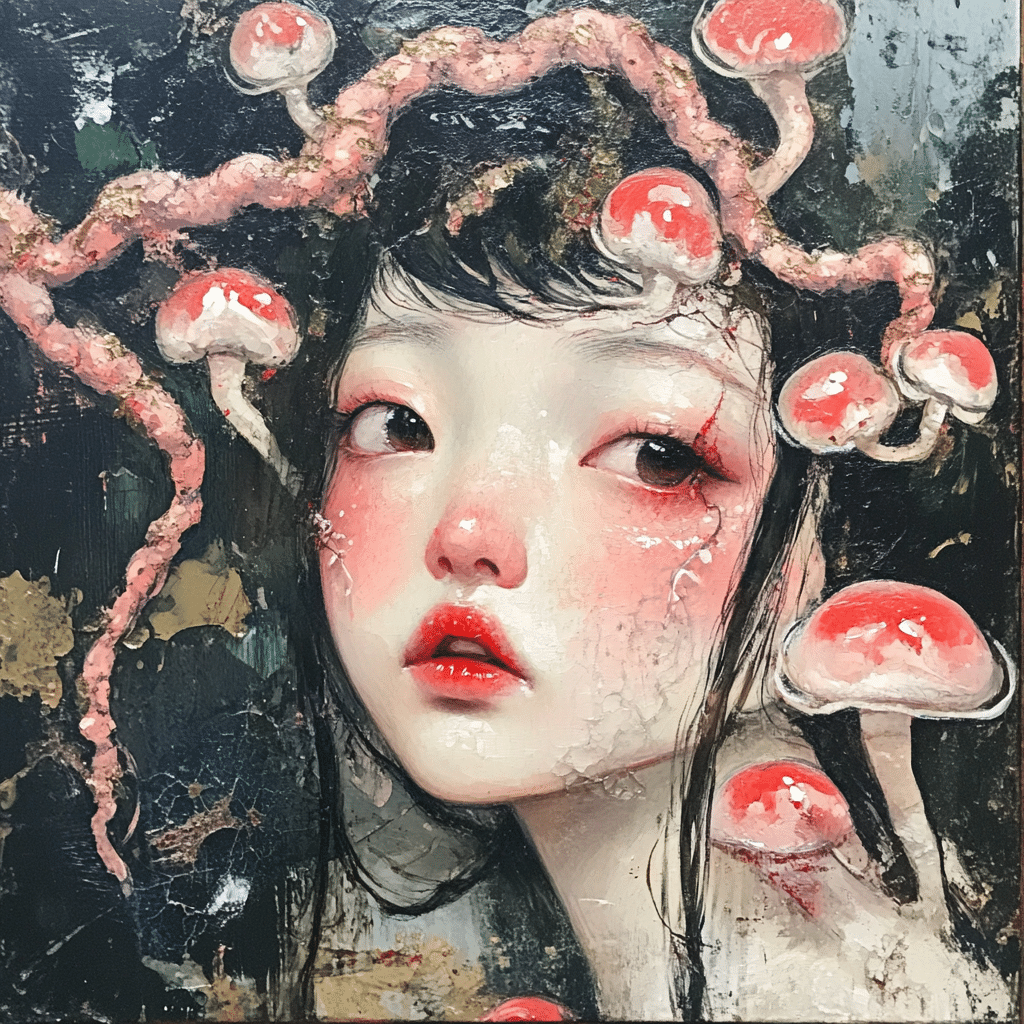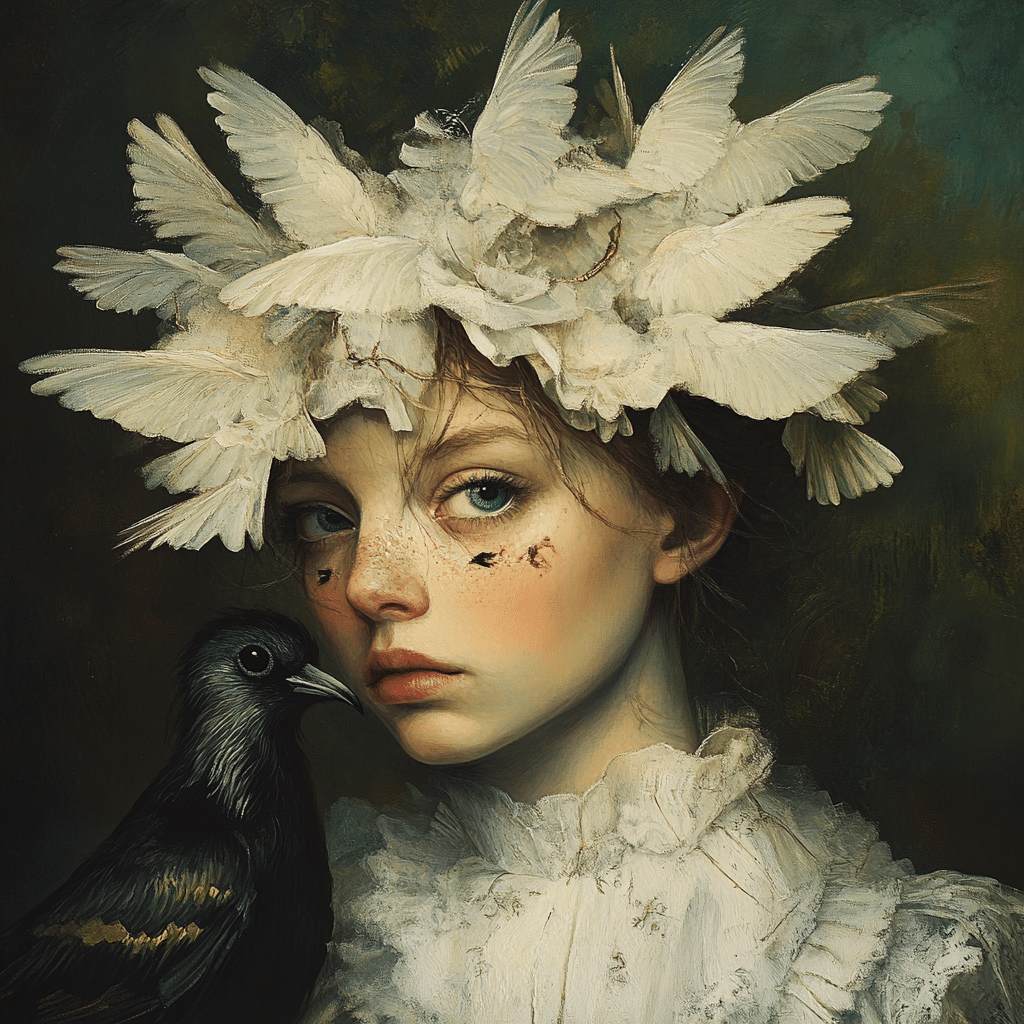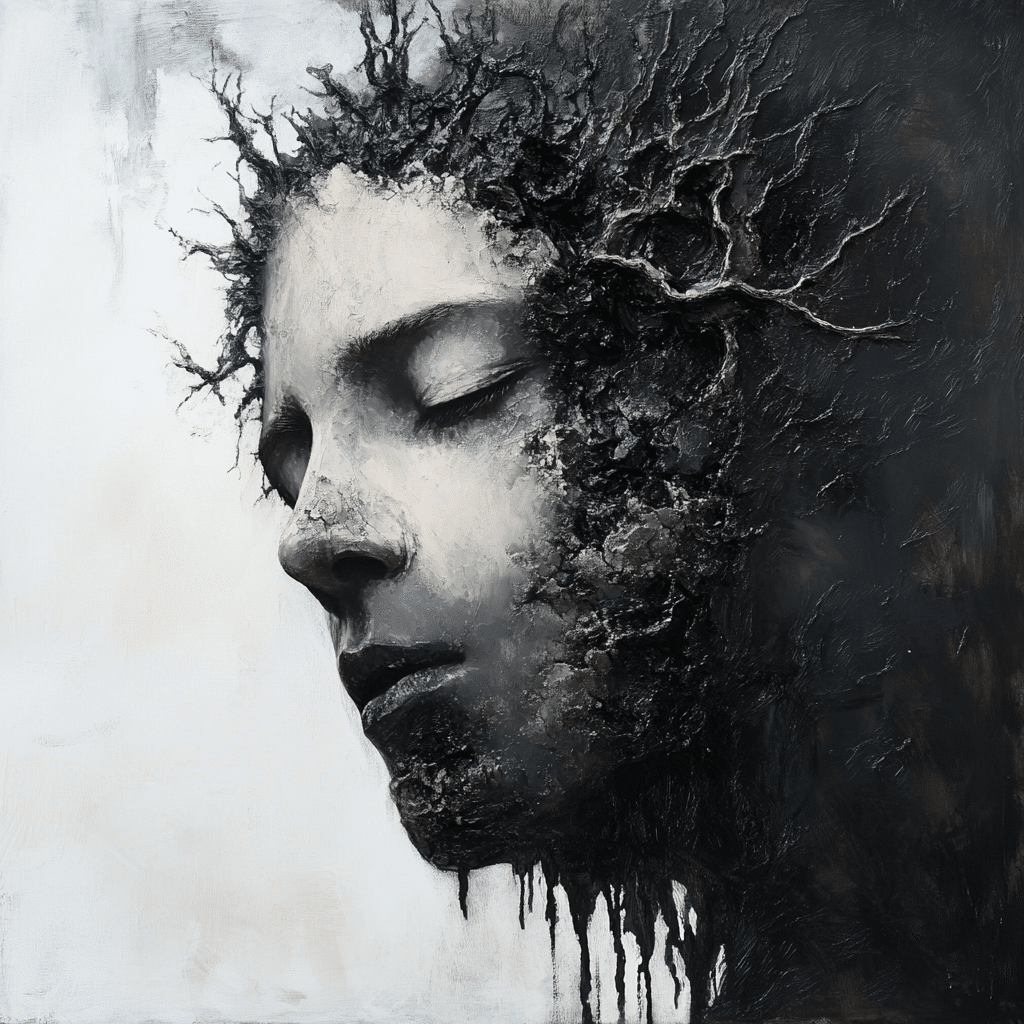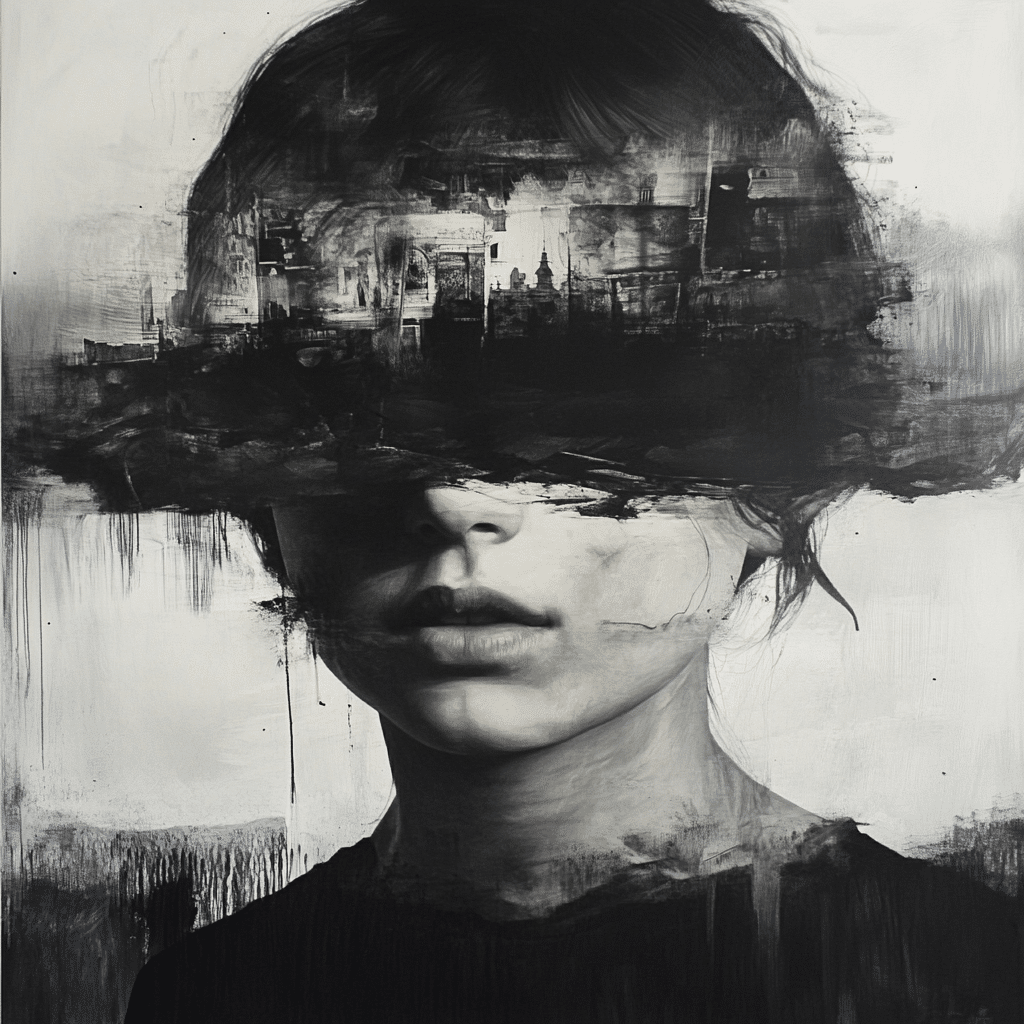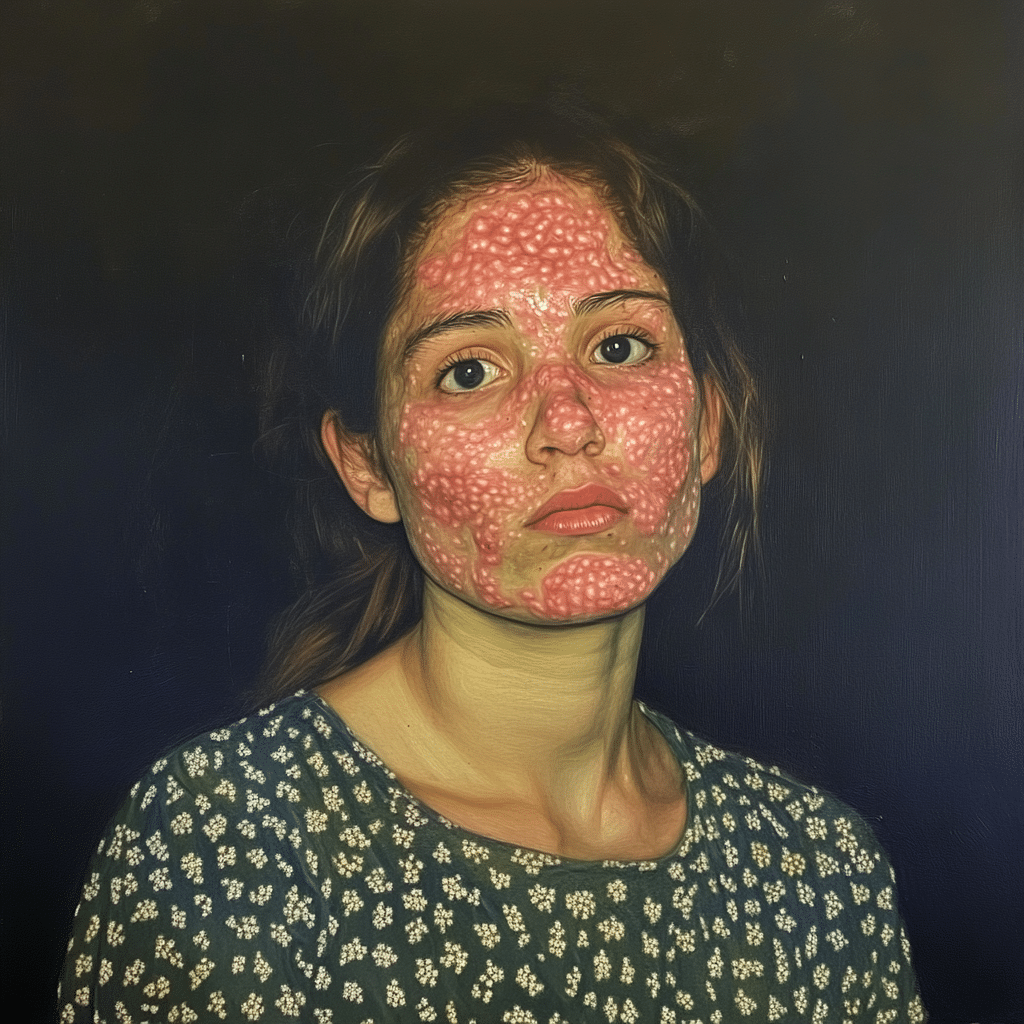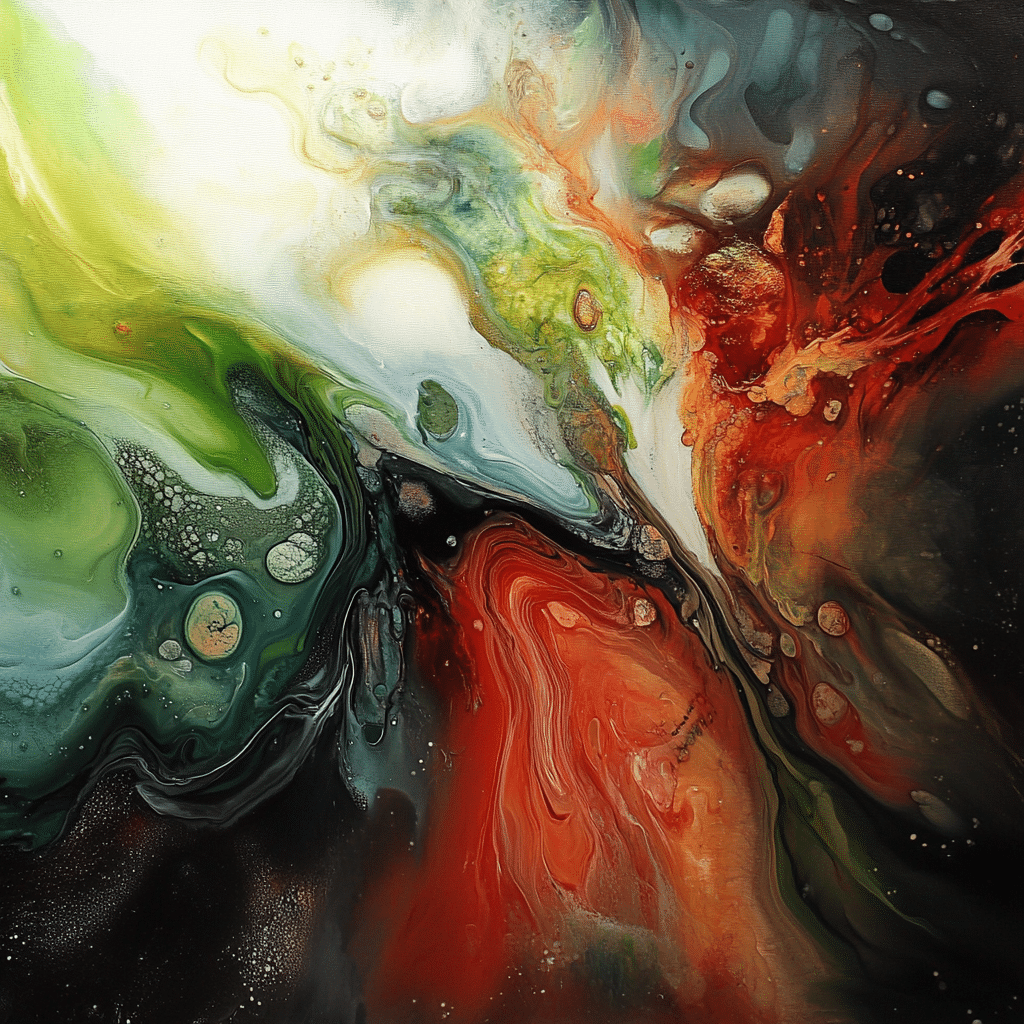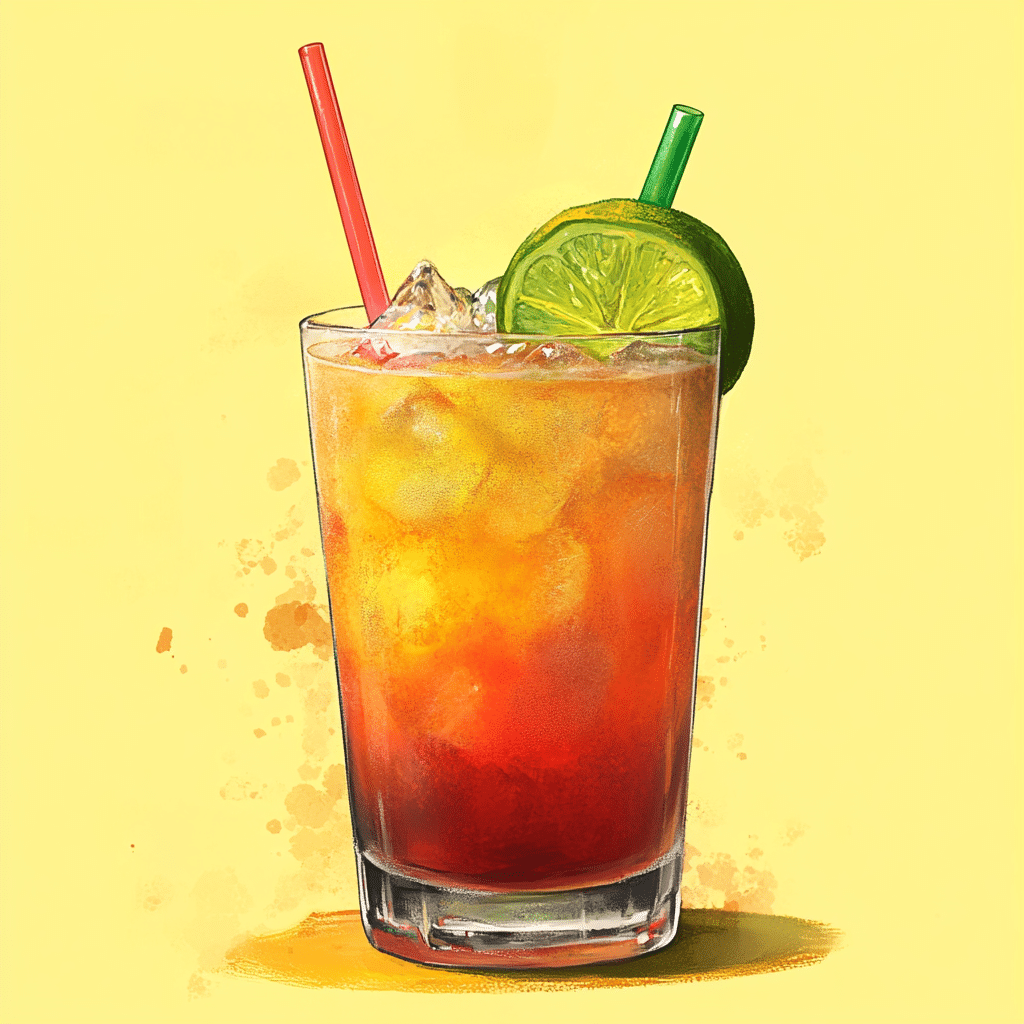The acid drug, primarily known as LSD (lysergic acid diethylamide), represents more than just a potent substance; it’s a cultural force that has shaped society in profound ways. Since its creation in 1938 by Swiss chemist Albert Hofmann, LSD has journeyed from the shadows into the spotlight, becoming a symbol of counterculture in the 1960s. Just take a second to think about it. LSD played a pivotal role in movements like the Summer of Love and the anti-war protests, highlighting its capacity to challenge societal norms and spark a cultural phenomenon. This journey of the acid drug is not just about getting high; it’s about expanding consciousness and pushing boundaries.
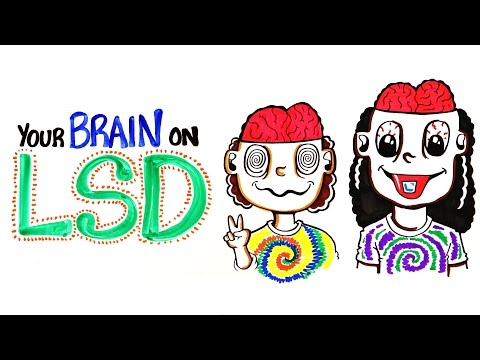
The Evolution of the Acid Drug: From the Counterculture to the Mainstream
From its early experimentation in psychiatric settings to its use in vibrant festivals, the evolution of the acid drug has mirrored societal shifts. In the 1950s and 1960s, LSD became a beacon for those seeking liberation and deeper understanding. The drug fueled artistic expressions, leading to revolutionary sounds in music and groundbreaking aesthetics in visual arts. Can you imagine the world without the psychedelic art movement or the songs that defined a generation?
Transitioning into the modern era, organizations are once again exploring the acid drug’s potential for therapeutic benefits. Companies like Life MD are investigating how psychedelics could benefit mental health and personal growth, demonstrating a significant shift in perception regarding these substances. The conversation is now less about taboo and more about the possible healing powers of psychedelics. With Billions in investment flowing into this sector, the acid drug’s journey is far from over.
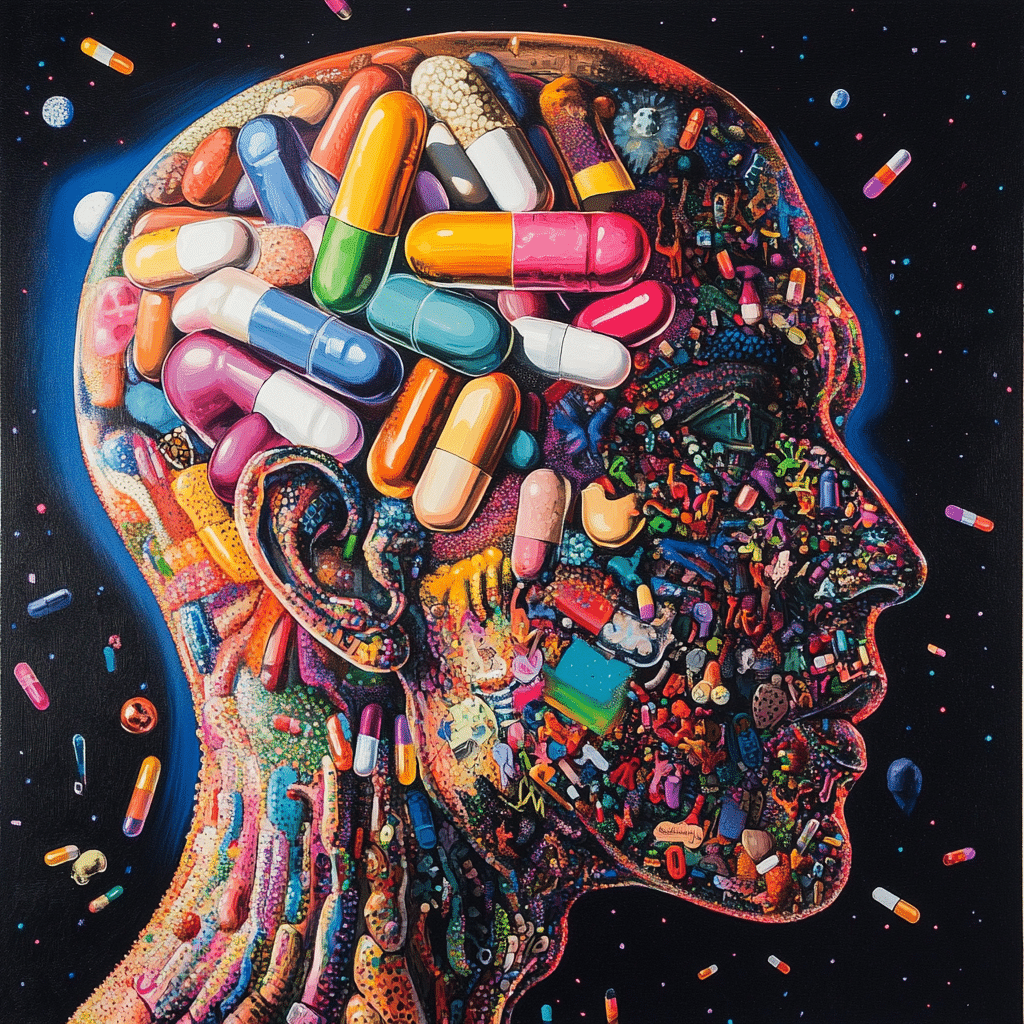
Top 7 Cultural Moments That Shaped Perception of Acid Drugs
1. The Beat Generation and LSD
The Beat Generation, with its iconic figures like Jack Kerouac and Allen Ginsberg, laid the groundwork for LSD’s cultural significance. These literary giants utilized the acid drug to unlock new dimensions of creativity and explore the essence of existence. They believed that altering consciousness could lead to enlightenment and self-discovery. Their writings reflect a fascination with expanding beyond conventional boundaries—an attitude that paved the way for future psychedelic exploration.
2. Timothy Leary: The Psychedelic Prophet
When you think of psychedelics, you can’t overlook Timothy Leary, the psychologist who became synonymous with the acid drug movement. His mantra, “Turn on, tune in, drop out,” became the battle cry for a generation yearning for spiritual liberation. Leary’s influential ideas encouraged people to seek out altered states of consciousness as a pathway to personal transformation. Despite significant backlash, he opened a dialogue that still resonates today regarding the search for meaning and connection.
3. The Woodstock Festival (1969)
Ah, Woodstock—the festival that defined a generation. What better place to showcase the acid drug’s role in shaping cultural identity? With over 400,000 attendees, Woodstock became a melting pot of peace, love, and liberation. It wasn’t just about music; it was a collective experience that solidified acid’s association with counterculture values. People danced in free expression, embodying the love-infused spirit of the acid drug’s influence.
4. Psychedelic Art and Music Influence
LSD has left indelible marks on creative arts, enriching everything from music to visual art. Artists like Peter Max created vibrant masterpieces that visually represented the psychedelic experience. Iconic bands like The Grateful Dead infused their sounds with the essence of acid, creating an unforgettable audio tapestry that still lingers today. The psychedelic essence permeated the air, connecting diverse forms of creativity.
5. The Medical Renaissance: Innovations like Life MD and Delta 9
Recently, the medical world is experiencing a renaissance, with psychedelics gaining traction for their therapeutic properties. Companies like Life MD are investigating the vast potential of acid drugs and other psychedelics for mental health treatment. It’s not just about LSD; compounds like Delta 9 THC have also entered the mainstream conversation, providing alternatives for those in search of relief from stress and anxiety.
6. The Commercialization of the Psychedelic Experience: Brands like SodaStream and Juice Press
The intersection of psychedelic culture and consumer products marks a notable trend. Brands like SodaStream and Juice Press are incorporating elements of the psychedelic ethos into their offerings. You see, wellness is becoming increasingly intertwined with these liberated ideals, as consumers seek products that enhance their own experiences. It’s a refreshing twist, inviting folks to explore new ways of living aligned with peace and connection.
7. The Modern Diva: Empowerment Through Psychedelics
The modern understanding of psychedelics is evolving towards empowerment and self-discovery. Women are leading the charge in creating safe spaces for psychedelic exploration, often hosting retreats that nurture holistic healing. Products like the Diva Cup are viewed as not just menstrual solutions but as symbols of reclaiming control over one’s body, illustrating the deep connections between psychedelics and personal empowerment.
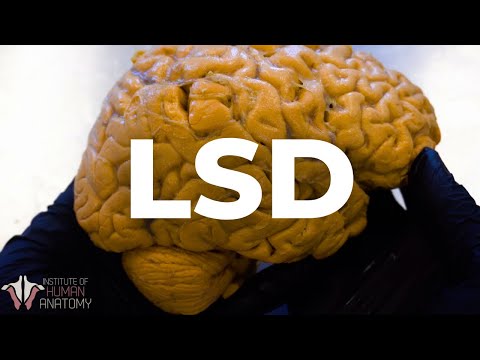
Psychedelics in Gaming: Brain Games and Beyond
Psychedelic culture doesn’t just stop at art and music. It has even spilled into the realm of gaming, where titles like “Journey” and “Flower” embody the spirit of exploration and interconnectedness. These immersive experiences foster cognitive flexibility while encouraging players to engage deeply with their environments. They echo the sentiments experienced under LSD, reshaping perceptions and facilitating unique mental journeys through gameplay.
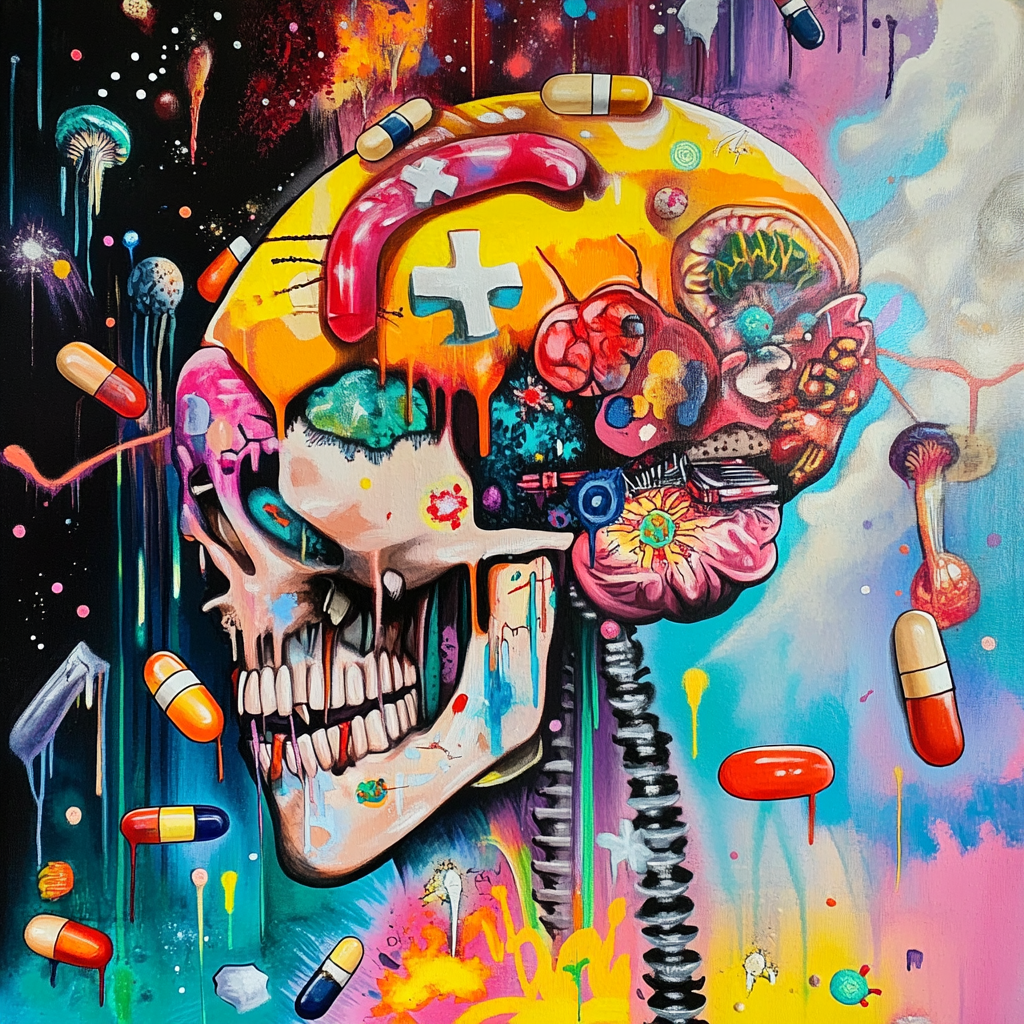
The Future: Challenges and Opportunities Ahead
As the conversation around the acid drug and its derivatives continues to gain traction, it’s essential to address the challenges we face. Regulatory hurdles and societal stigma linger amidst the growing recognition of their therapeutic benefits. This balancing act requires a nuanced understanding and responsible dialogue to pave the way for safe practices. Society must navigate through the fog of misinformation while striving for clarity in the rapidly evolving psychedelic landscape.
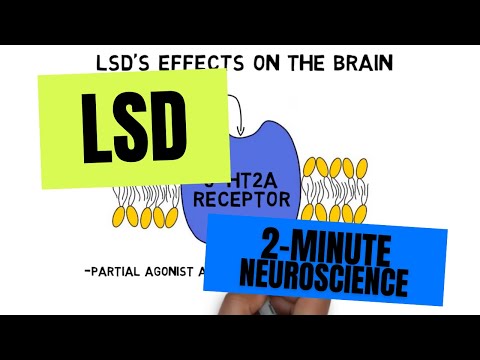
Emerging Trends: Super Taste and Sensory Innovations
With the rise of adventurous consumers, there’s growing demand for products that elevate sensory experiences. Innovative mixers, flavored Seltzers, and juices like V8 Juice create an exciting landscape blending taste and culture. This fusion empowers individuals to explore the essence of psychedelics without the traditional stigma. Whether you’re mixing a new drink to share with friends or finding the right balance in your diet, the psychedelic’s influence is palpable everywhere.
The Dialectic of Psychedelics in Society
Psychedelics, especially the acid drug, bring both promise and caution. As society grapples with their implications, it becomes vital to discuss the fine lines between therapeutic use, recreational experiences, and outright abuse. Communities must engage in constructive conversations to redefine their relationship with these powerful substances, forging new pathways toward understanding and respect.
In this vibrant and multifaceted exploration of the acid drug’s journey, we see that it is more than a remnant of the past. It’s a dynamic element of our contemporary society, shaped by innovation and driven by an unrelenting quest for connection and understanding. Whether it’s through wellness practices, creative outlets, or even the latest gaming adventures, the acid drug will continue to inspire and challenge perceptions well into the future. Get ready to embrace the journey, and don’t forget to invest in your health with refreshing offerings like Lmnt Electrolytes or dive deeper into your personal narrative with a life path number calculator. The stage is set, and the journey is just beginning.
Acid Drug’s Role in Shaping Psychedelic Culture
The Origins of Acid Drug
The acid drug, primarily known as LSD, has roots tracing back to 1938 when Swiss chemist Albert Hofmann first synthesized it. Surprisingly, he stumbled upon its psychedelic properties only in 1943 when he absorbed it accidentally. This remarkable discovery paved the way for an entire movement. In the 1960s, LSD found its way into popular culture, acting as a catalyst for creativity and self-exploration, much like Butters in South Park who often represents innocence in a chaotic world. Speaking of chaos, Hofmann’s initial trip led to an unforgettable bike ride that’s now celebrated among acid enthusiasts.
Acid Drug in Popular Culture
Acid drug experiences began to penetrate various artistic and social scenes, from the explosive music of the Grateful Dead to iconic literary works by figures like Ken Kesey. Artists and writers often sought the drug to push boundaries and challenge conventional thought. Did you know that LSD influenced some fashion trends, similar to how Ellen Tracys designs encapsulate the essence of an era? Interestingly, the impacts of the acid drug are reflected in films too. The casting of the Daddy’s Little Girl cast shows how genre boundaries often blur, much like perceptions can shift under the influence of psychedelics.
Health and Acid Drug
While exploring the cultural significance, it’s essential to consider the health implications of the acid drug as well. Acid has unique interactions within the body, similar to how Tessalon functions in easing a cough, revealing diverse facets in its usage. In fact, some studies suggest that psychedelics can aid mental health treatments, challenging traditional perspectives. But it’s crucial to approach this with caution; like a simplex function that’s both basic yet complex, acid drugs command respect and knowledge for safe use. Colorful experiences await, sure, but knowing the foundation is just as vital.
